But what is this word? The Gancho. We hear about it on and around the fields, but what does it mean? What is it and at what is it for ? We get back to you.
Gancho, in Spanish, means "the hook". This is something that the book on the technique of padel, which is now part of the vocabulary and move repertoire of advanced players.
In fact it is a blow which occurs between the bandeja and the smash, in a slow fashion, most of the time to find a short cross angle towards the grid. This “gancho” allows you to hide the shot you are going to make, allows you to counter your opponents if they stick the net after playing a high ball.
How to realize it?
If you know how to differentiate bandeja, víbora, smash, you will know how to make the gancho. For others, it is better to focus on the bandeja/vibora and the smash. Once these blows are mastered, go to the gancho.
First of all, the place of impact of the ball which must be high, to the side, above the non-dominant shoulder. We could hit the ball with a smash by plunging the pala in the back to then print a topspin effect, but we would prefer to stay with the arm outstretched, the head of the pala towards the sky, and we will impact slowly, if possible. flat, pushing the ball.
This curve that we will give to our gesture, preparation with outstretched arms, impact flat above the head, end of gesture downwards, will allow the ball to dive towards the ground at a significant angle which will allow us to find the grid. Warning: excessive speed will cause the ball to rebound significantly, which will facilitate the attack on the opponents.
When to use it?
Use the gancho when your opponents' lob doesn't allow you to hit a smash or a bandeja. The ball is behind you and the gancho is the best option so as not to lose the net. Then, outdoors, this shot is used a lot when it is windy or the sun becomes awkward. You take more time and secure your ball high.
In this video we can see the difference in this player between the vibora hit sharply at eye level with a high end of gesture, and the gancho, hit slowly, arm outstretched, which ends down.
Video credit: YouTube Padel Star
Julien Bondia is a teacher of padel in Tenerife (Spain). Columnist and advisor, he helps you play better through his tutorials and tactical/technical articles padel.




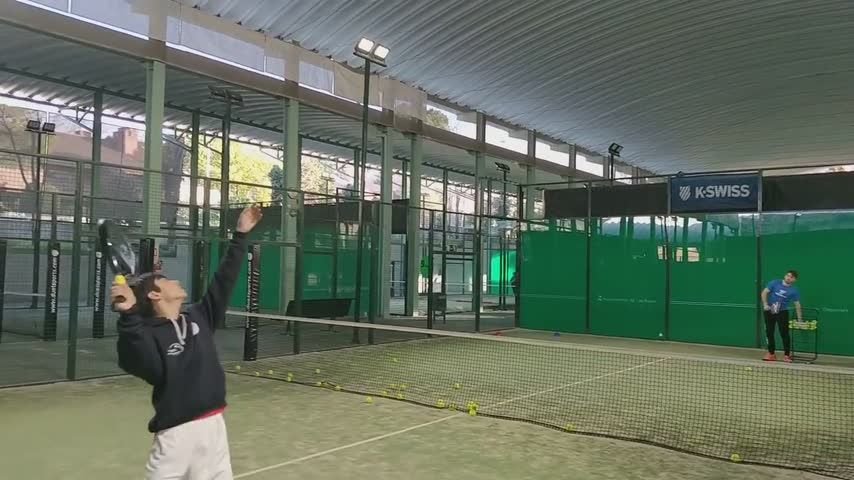














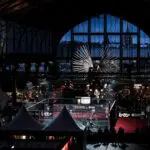














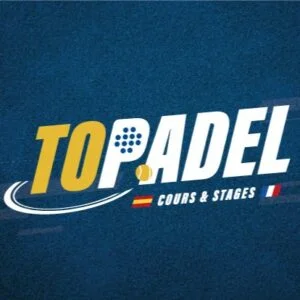



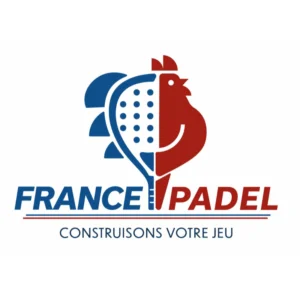




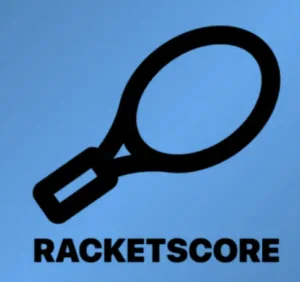
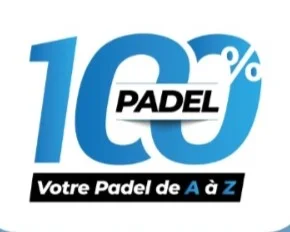


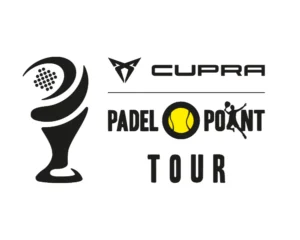


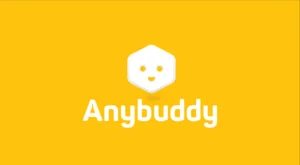



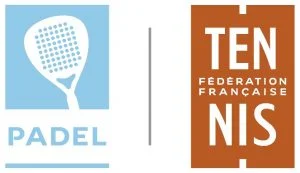


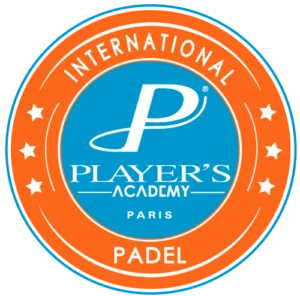
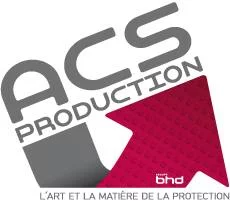
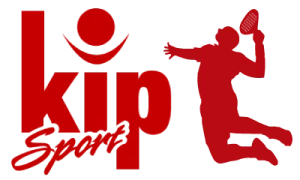



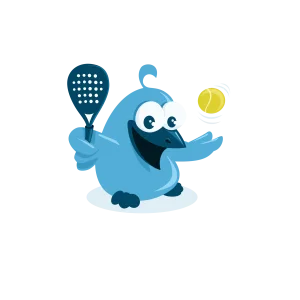


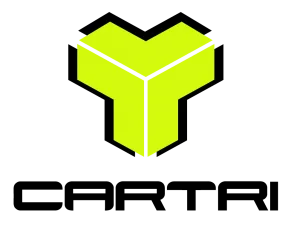

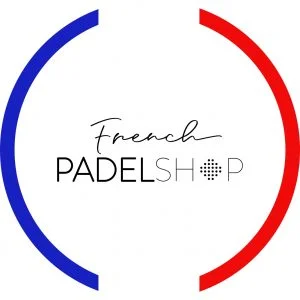
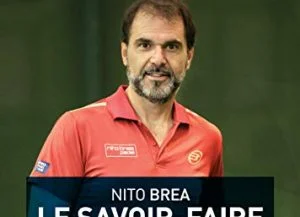
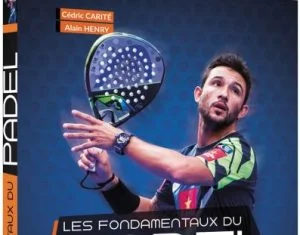



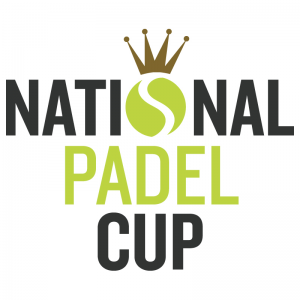
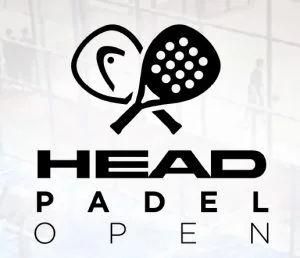

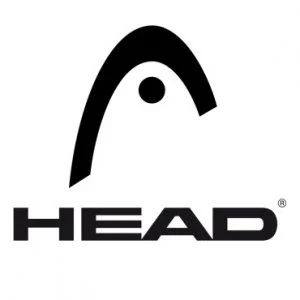


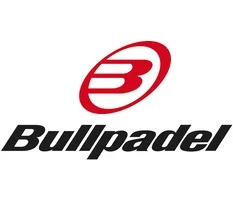
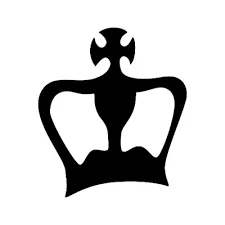



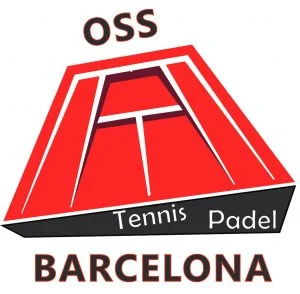
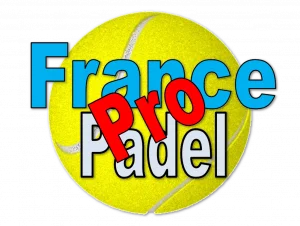


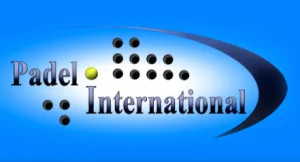

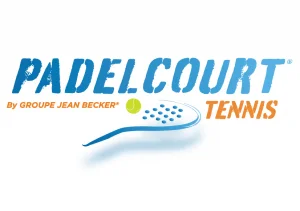

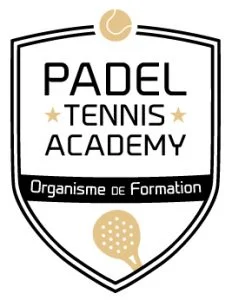


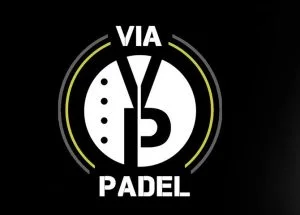
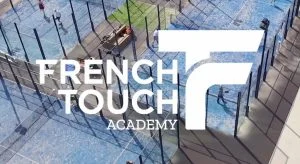



 Two P1000 doubled prize money approaching!
Two P1000 doubled prize money approaching!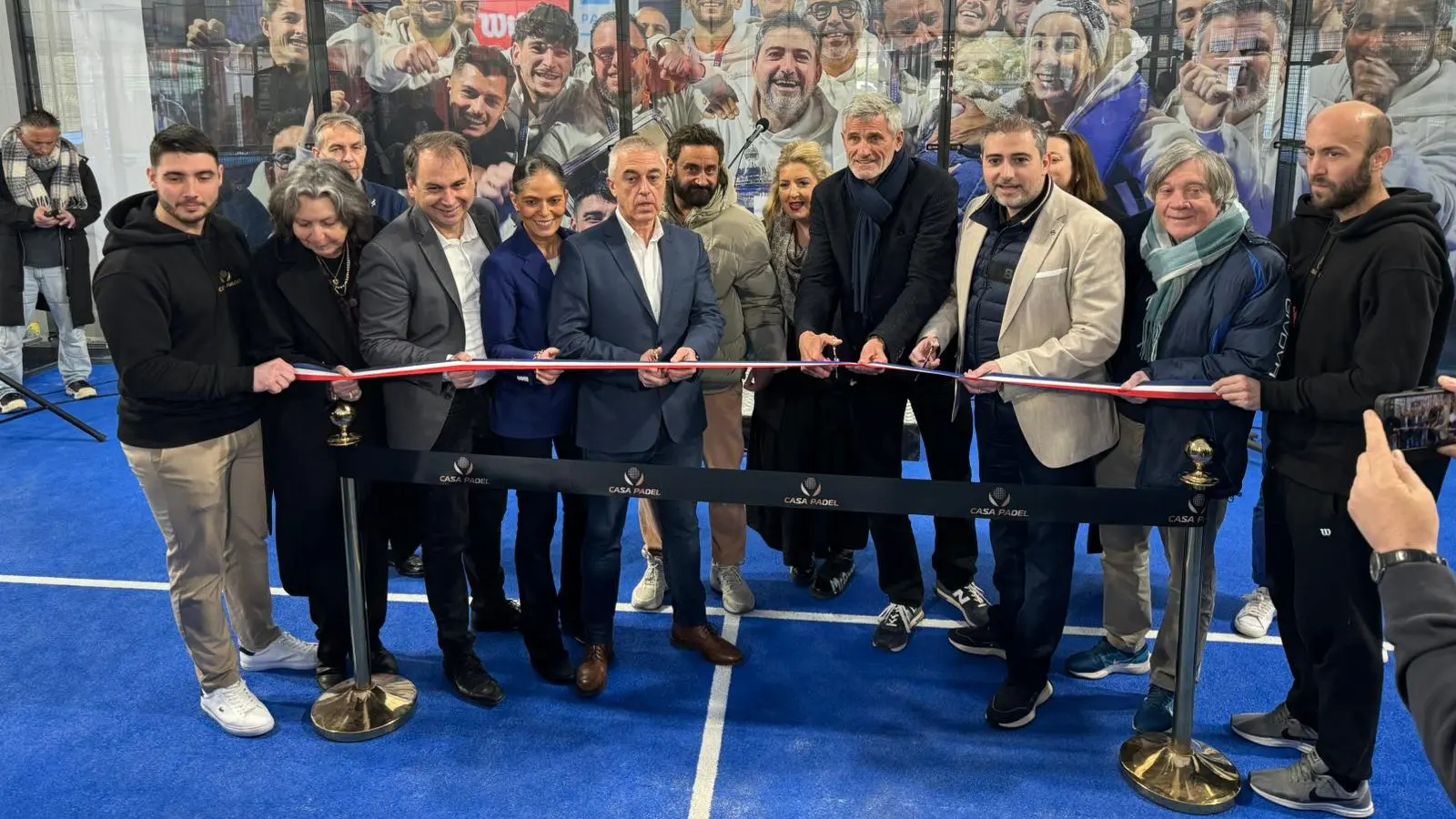 José Manuel Escin at the inauguration of Casa Padel DOS: “Finally, and thank you!”
José Manuel Escin at the inauguration of Casa Padel DOS: “Finally, and thank you!”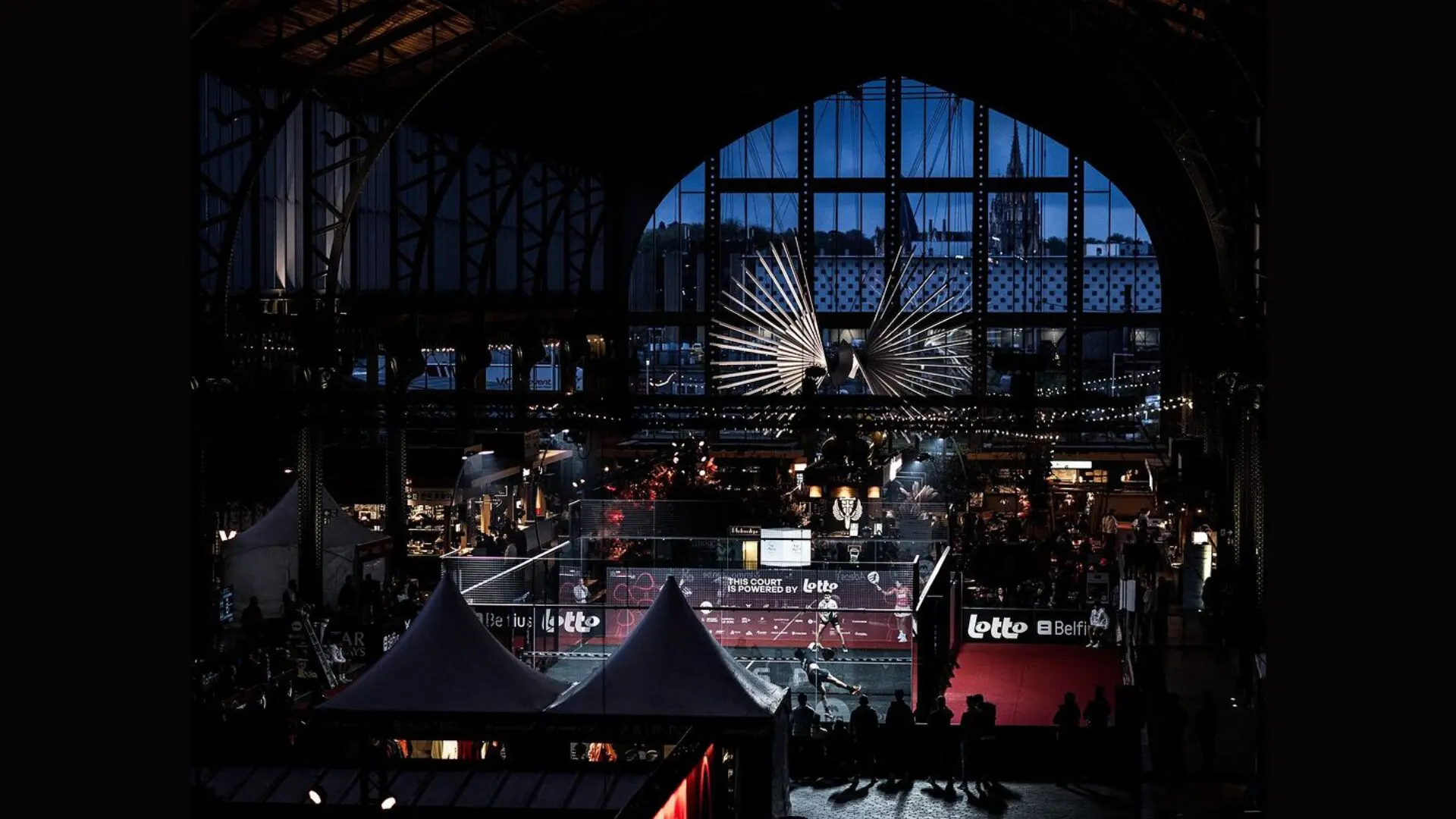 Premier Padel Brussels P2 – The eighths live
Premier Padel Brussels P2 – The eighths live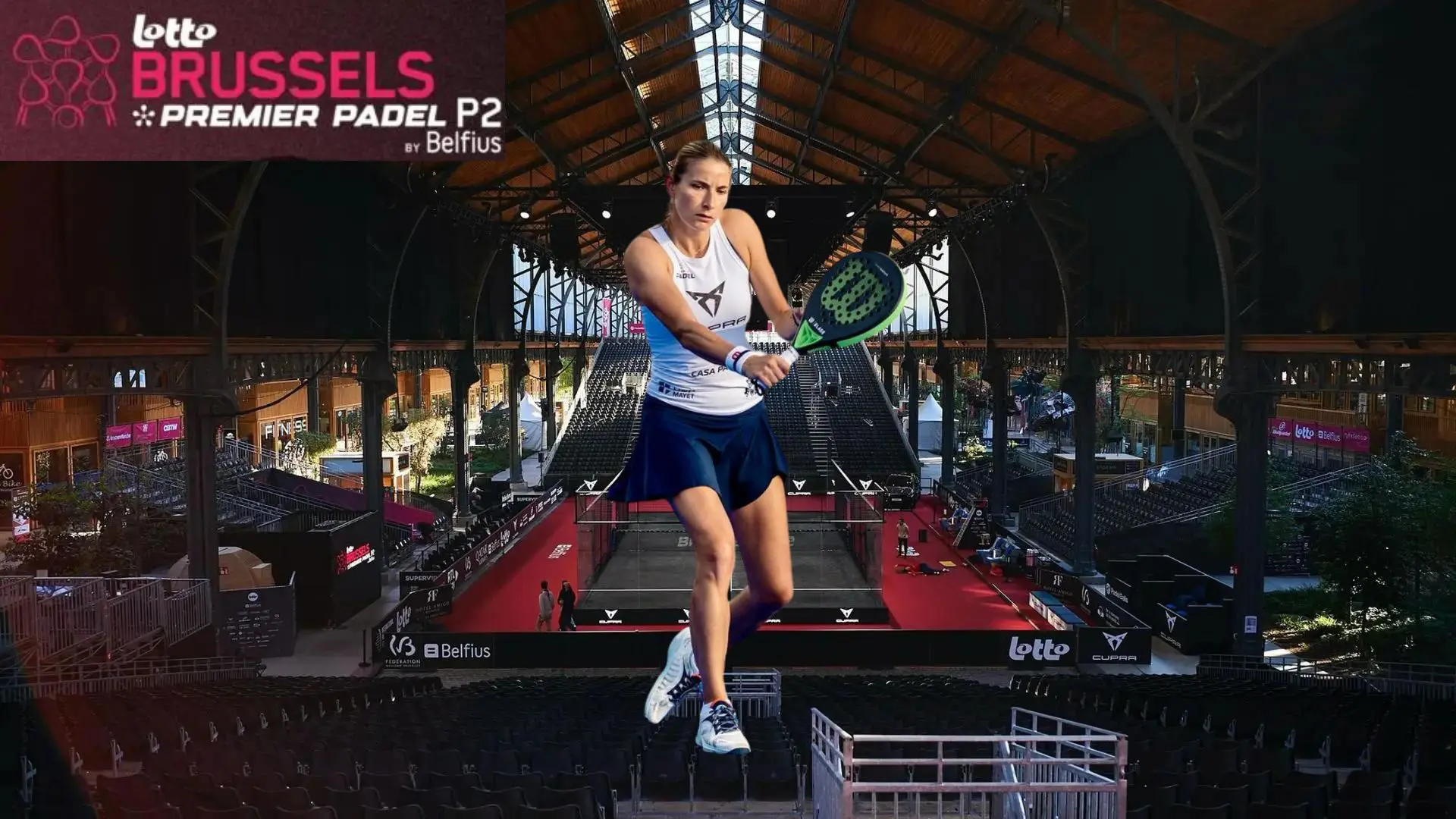 Premier Padel Brussels P2 – Collombon and Bidahorria qualified for the second round
Premier Padel Brussels P2 – Collombon and Bidahorria qualified for the second round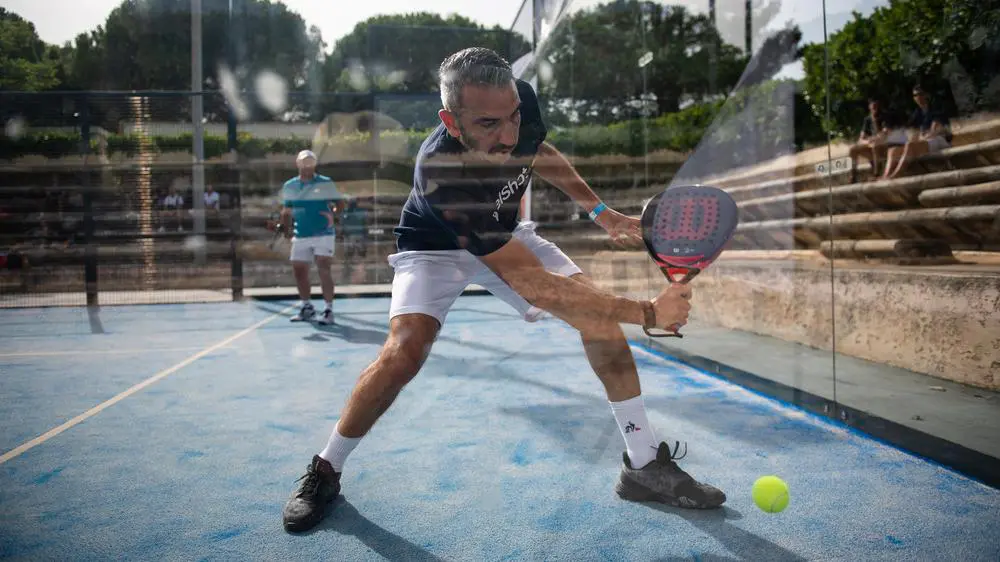 Simon Boissé: “We know that there are two nations in front of us”
Simon Boissé: “We know that there are two nations in front of us”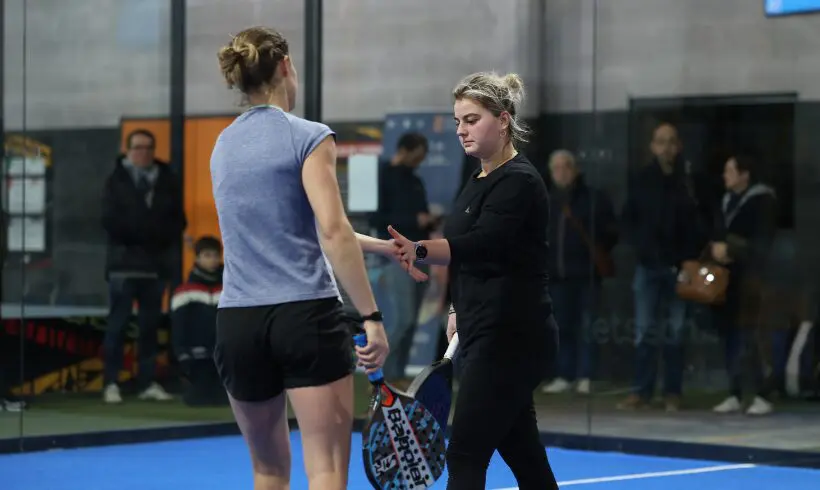 Marie Maligo: “This period of frequent changes of partners was beneficial for me”
Marie Maligo: “This period of frequent changes of partners was beneficial for me”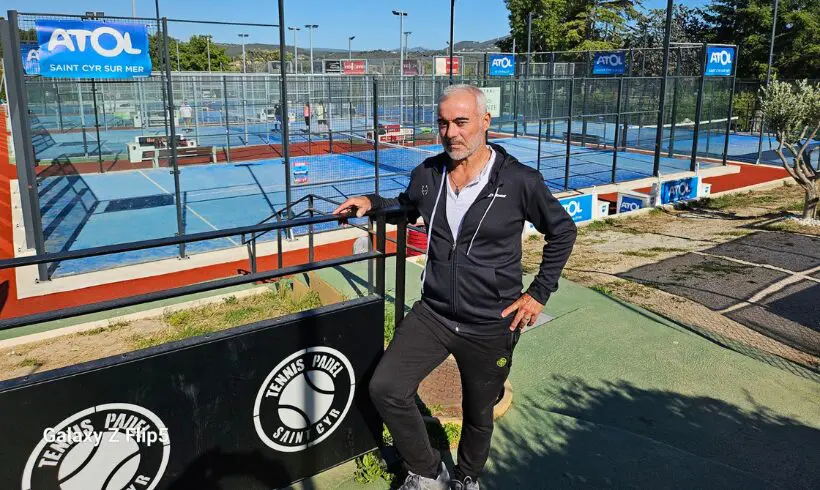 Alain Idier: “Adding tracks of padel, without sacrificing tennis”
Alain Idier: “Adding tracks of padel, without sacrificing tennis”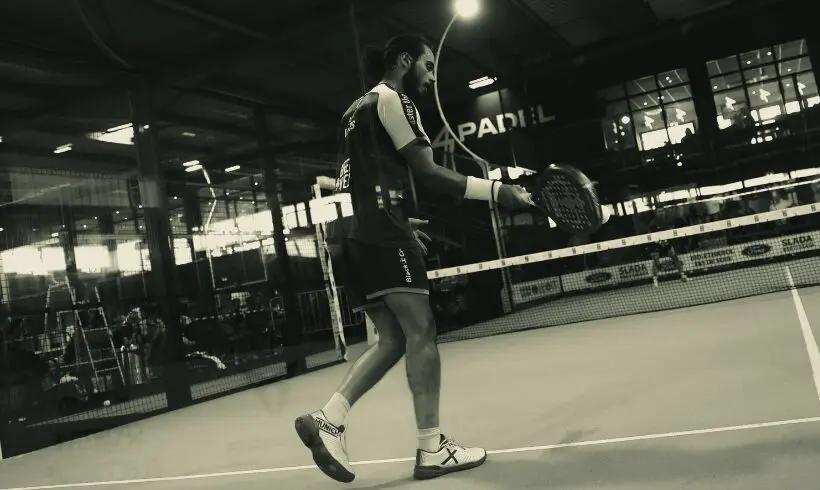 Manuel Vives: “It’s extremely difficult to get by financially”
Manuel Vives: “It’s extremely difficult to get by financially”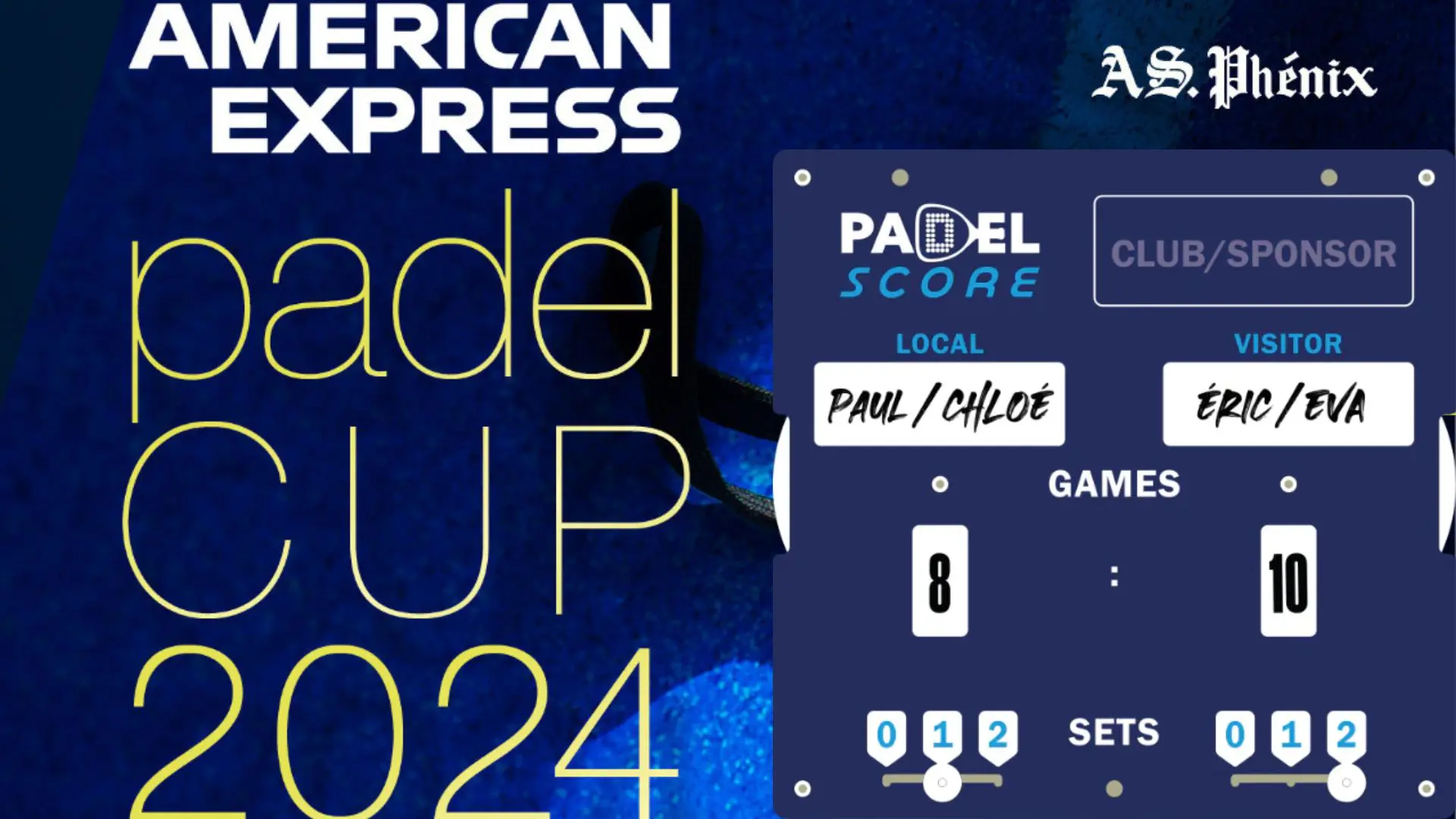 Padel Score comes to Tahiti for American Express Padel Cup!
Padel Score comes to Tahiti for American Express Padel Cup!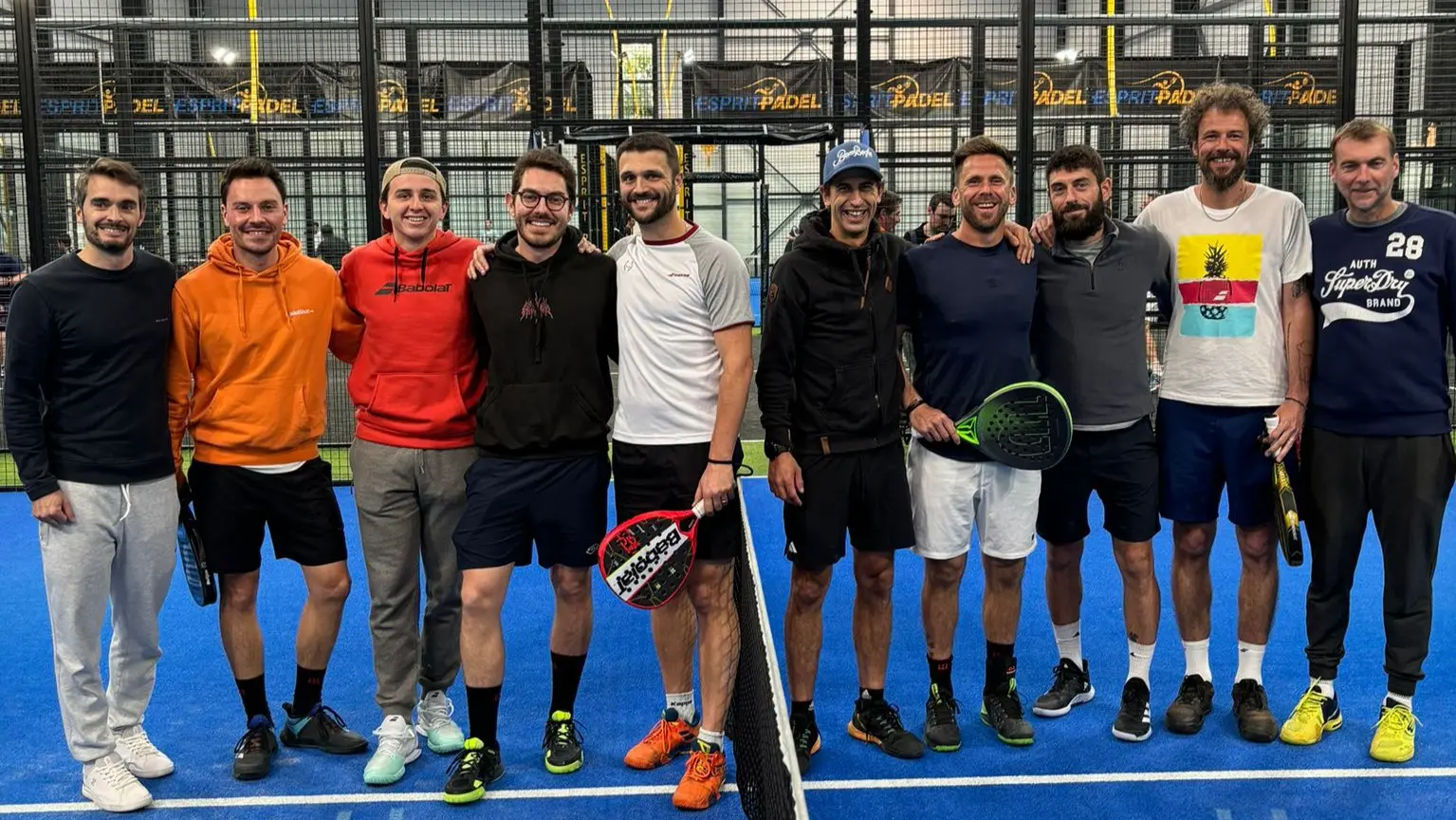 Mind Padel Lyon and the Auvergne Rhône-Alpes League innovate with team tournaments
Mind Padel Lyon and the Auvergne Rhône-Alpes League innovate with team tournaments Nallé Grinda: “Democratize the padel in the USA with PadelX "
Nallé Grinda: “Democratize the padel in the USA with PadelX "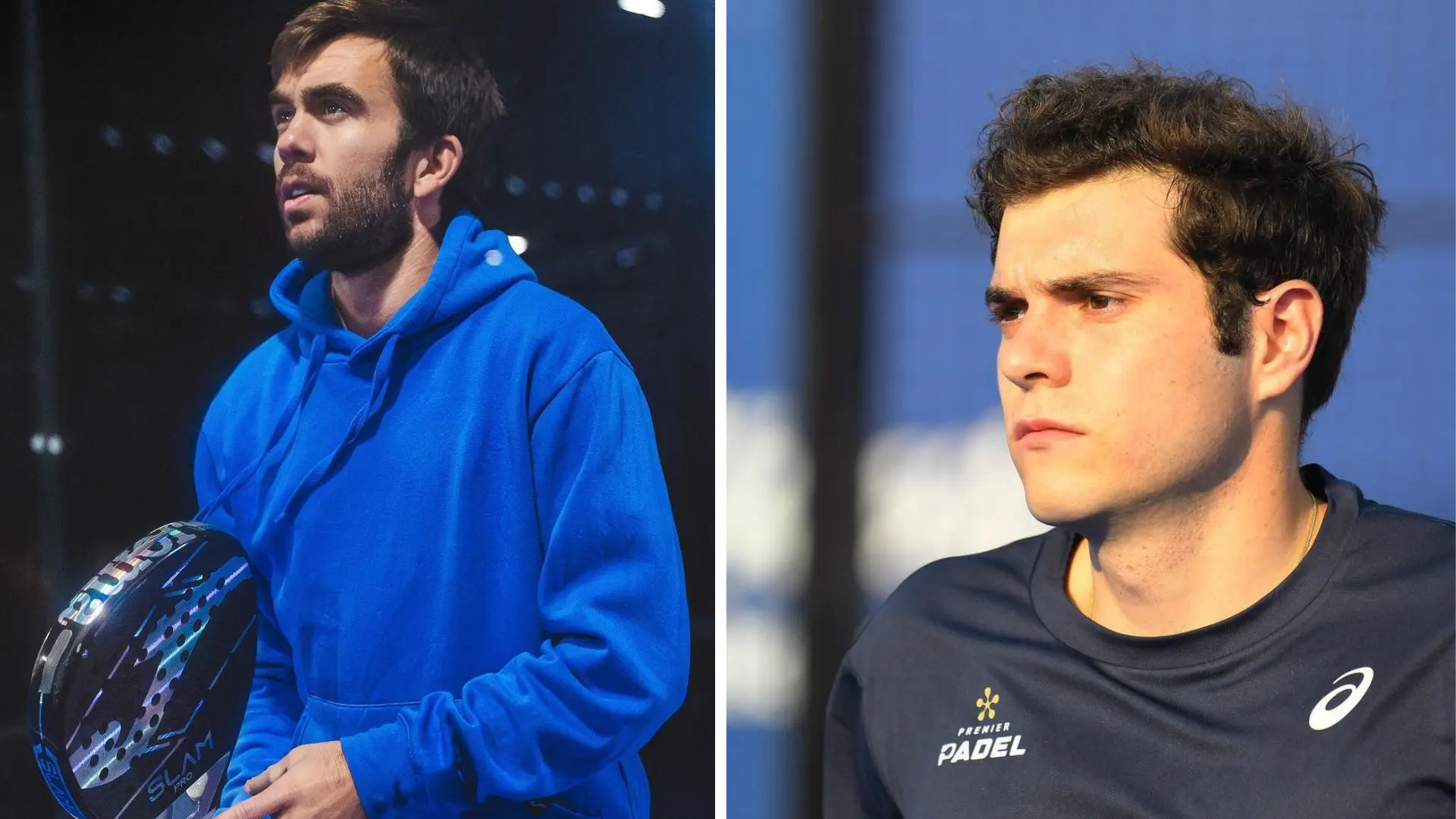 It’s off to a bad start for Pincho Fernandez and Javier Barahona…
It’s off to a bad start for Pincho Fernandez and Javier Barahona…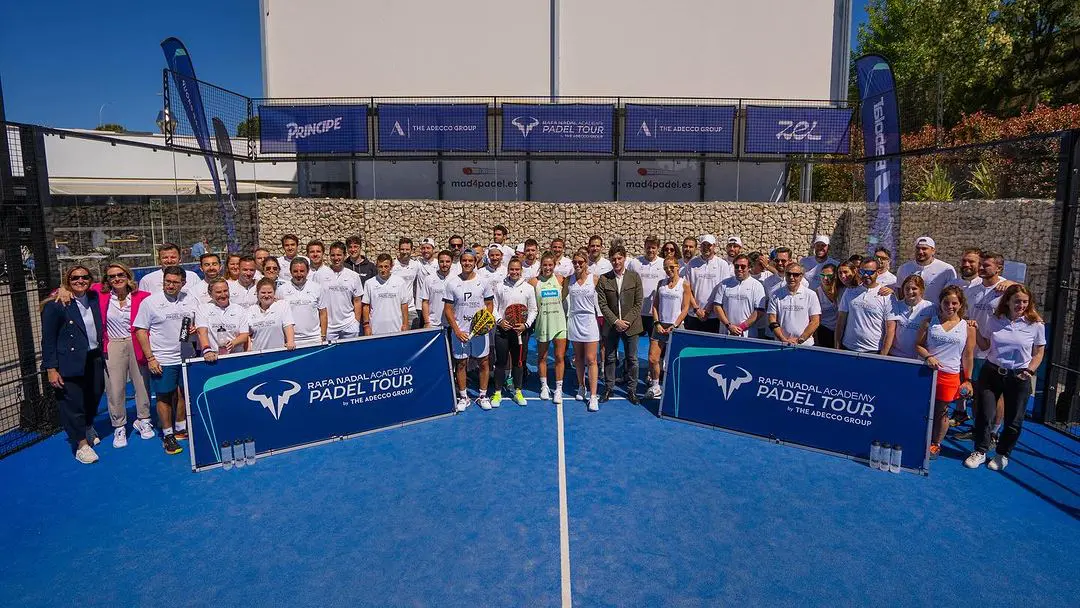 Do you know the Rafa Nadal Academy Tour?
Do you know the Rafa Nadal Academy Tour?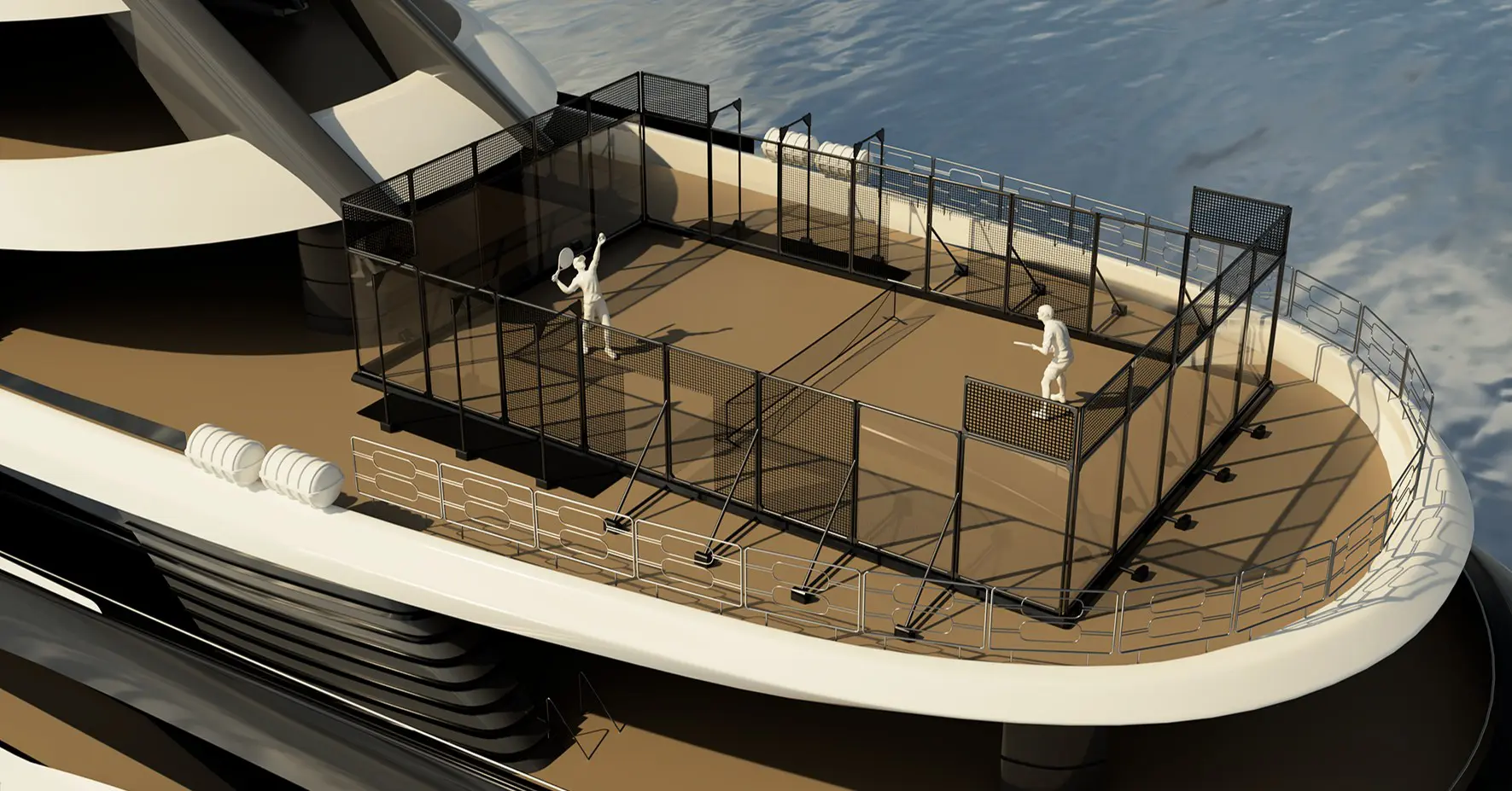 Play at padel on his yacht? Possible for €233.000!
Play at padel on his yacht? Possible for €233.000!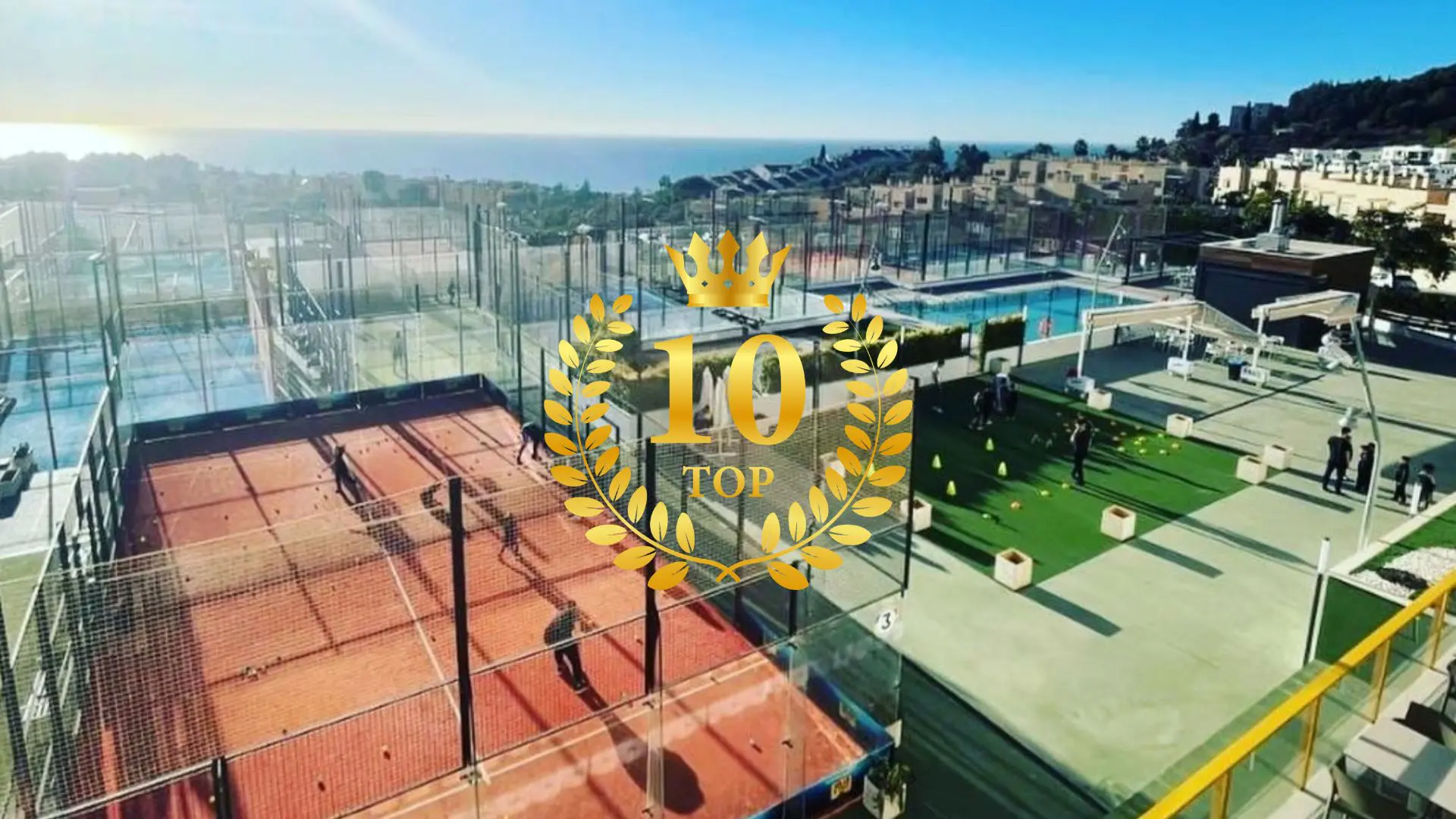 Our Top 10 training courses padel in France and Europe
Our Top 10 training courses padel in France and Europe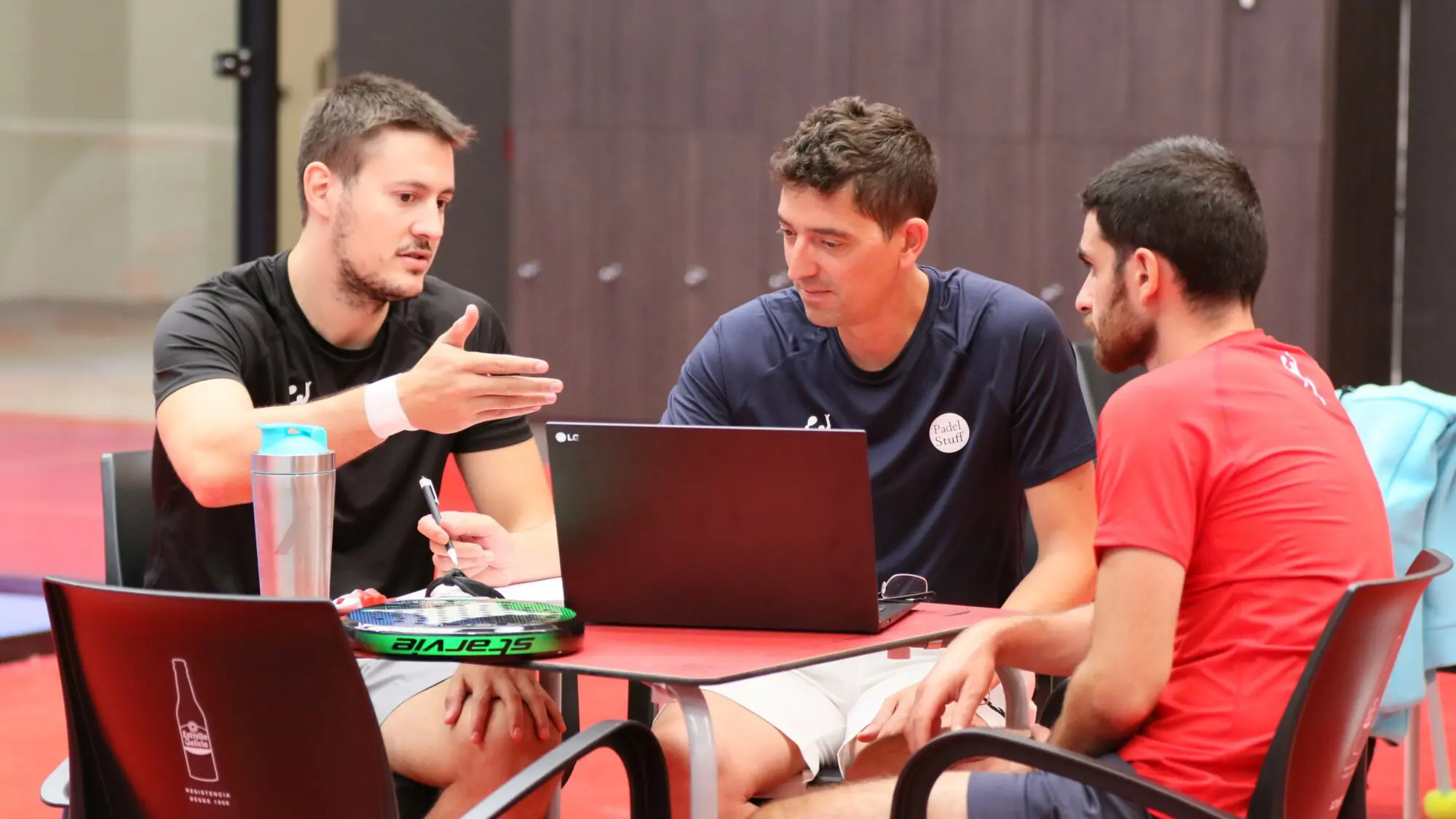 At the heart of padel – Episode 25: Paul and Andoni answer your questions
At the heart of padel – Episode 25: Paul and Andoni answer your questions Tactical padel – What to do when faced with players who systematically stay at the bottom?
Tactical padel – What to do when faced with players who systematically stay at the bottom?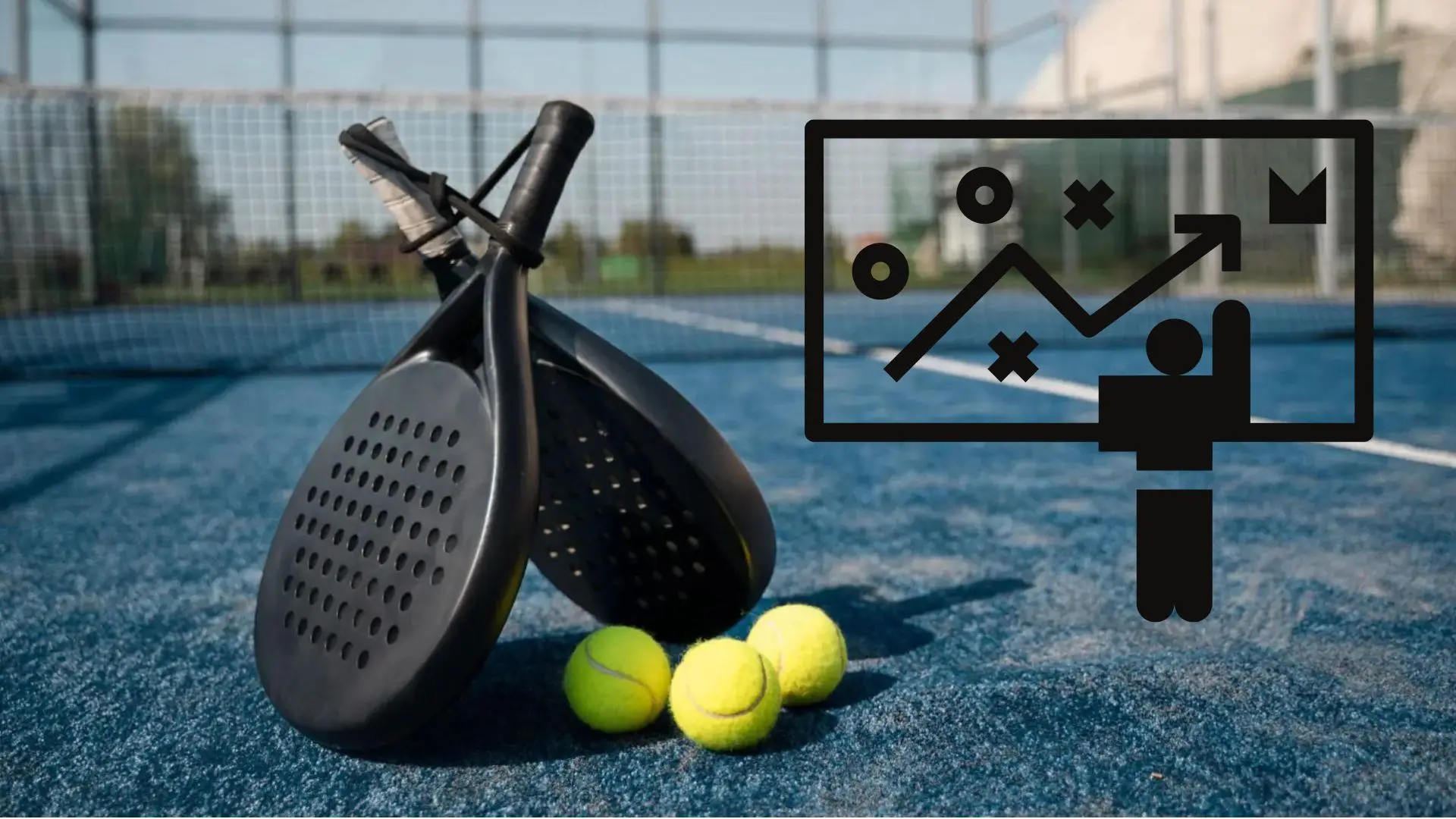 The basic tactics of padel
The basic tactics of padel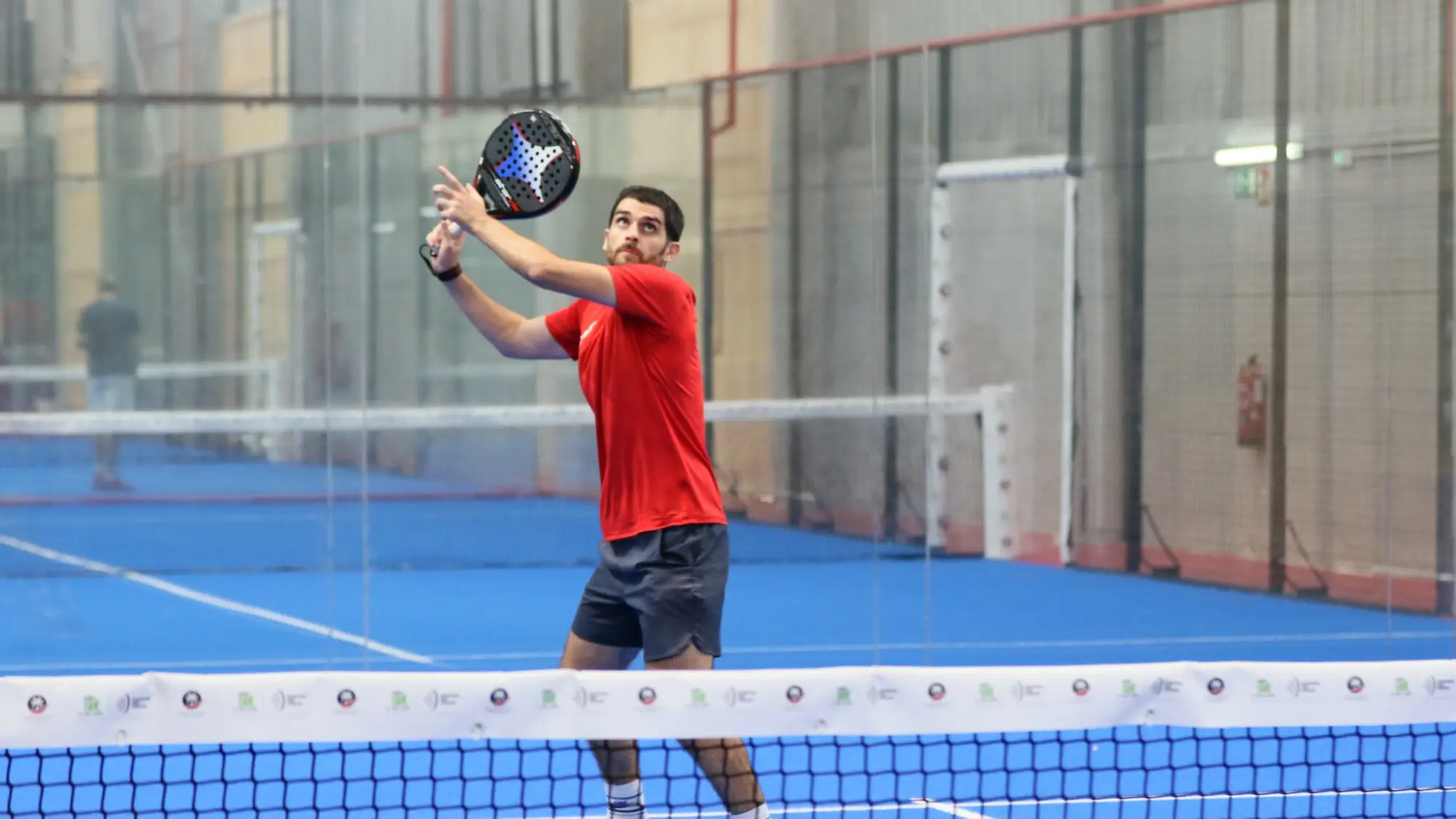 At the heart of padel – Episode 25: Paul and Andoni answer your questions
At the heart of padel – Episode 25: Paul and Andoni answer your questions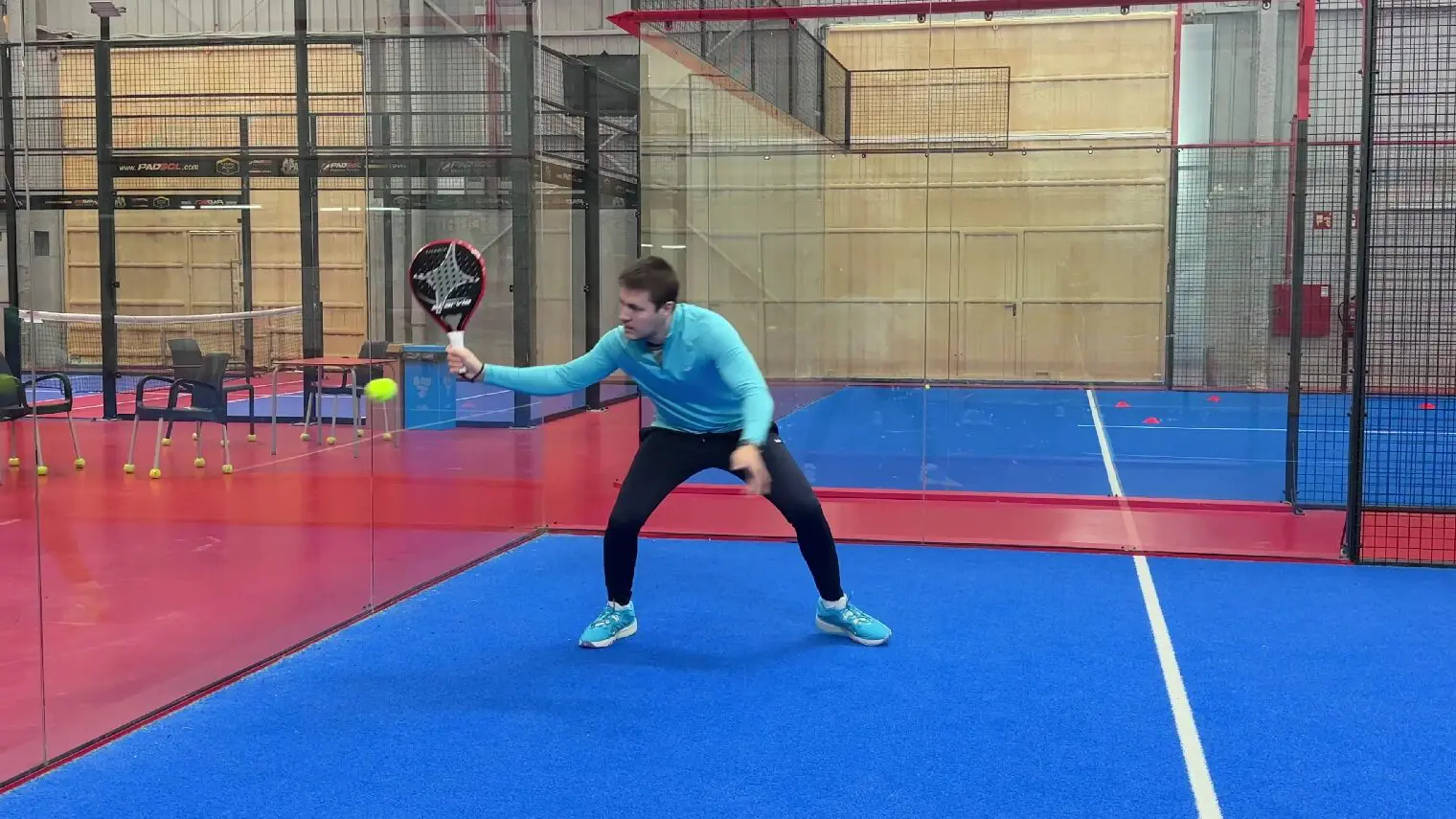 At the heart of padel – Episode 23: defend the window well
At the heart of padel – Episode 23: defend the window well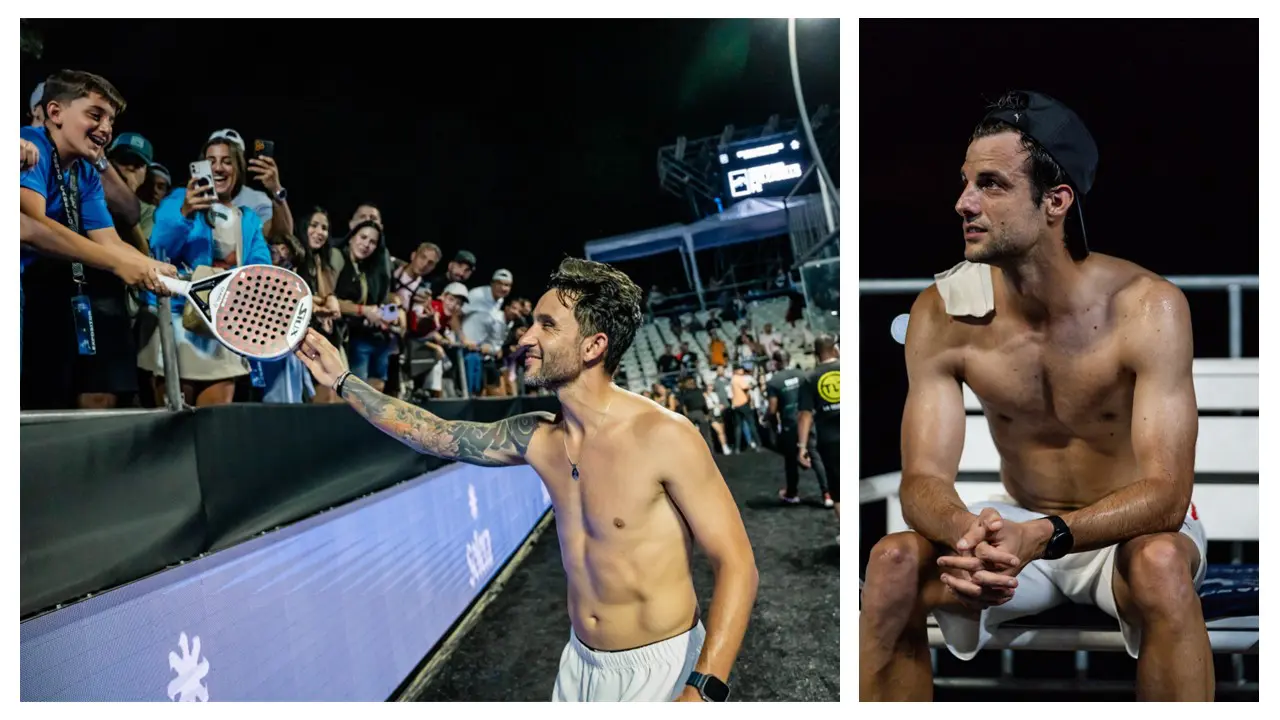 Prohibition on playing topless Padel : the reasons
Prohibition on playing topless Padel : the reasons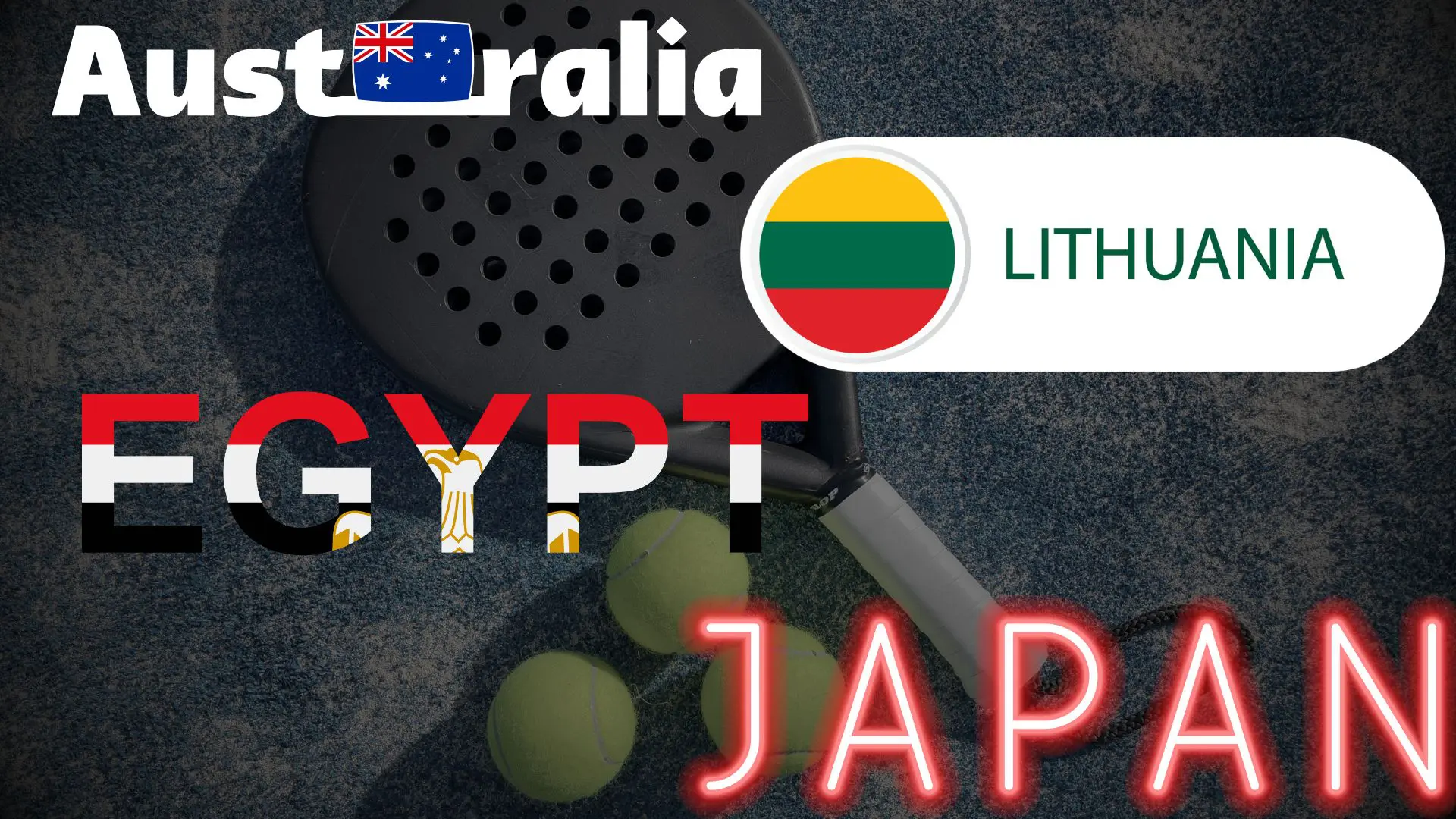 FIP Tour – Going far from Europe, THE strategy to earn points!
FIP Tour – Going far from Europe, THE strategy to earn points! What is a good football player? padel ?
What is a good football player? padel ? “Lefties give me headaches when I play against them!”
“Lefties give me headaches when I play against them!”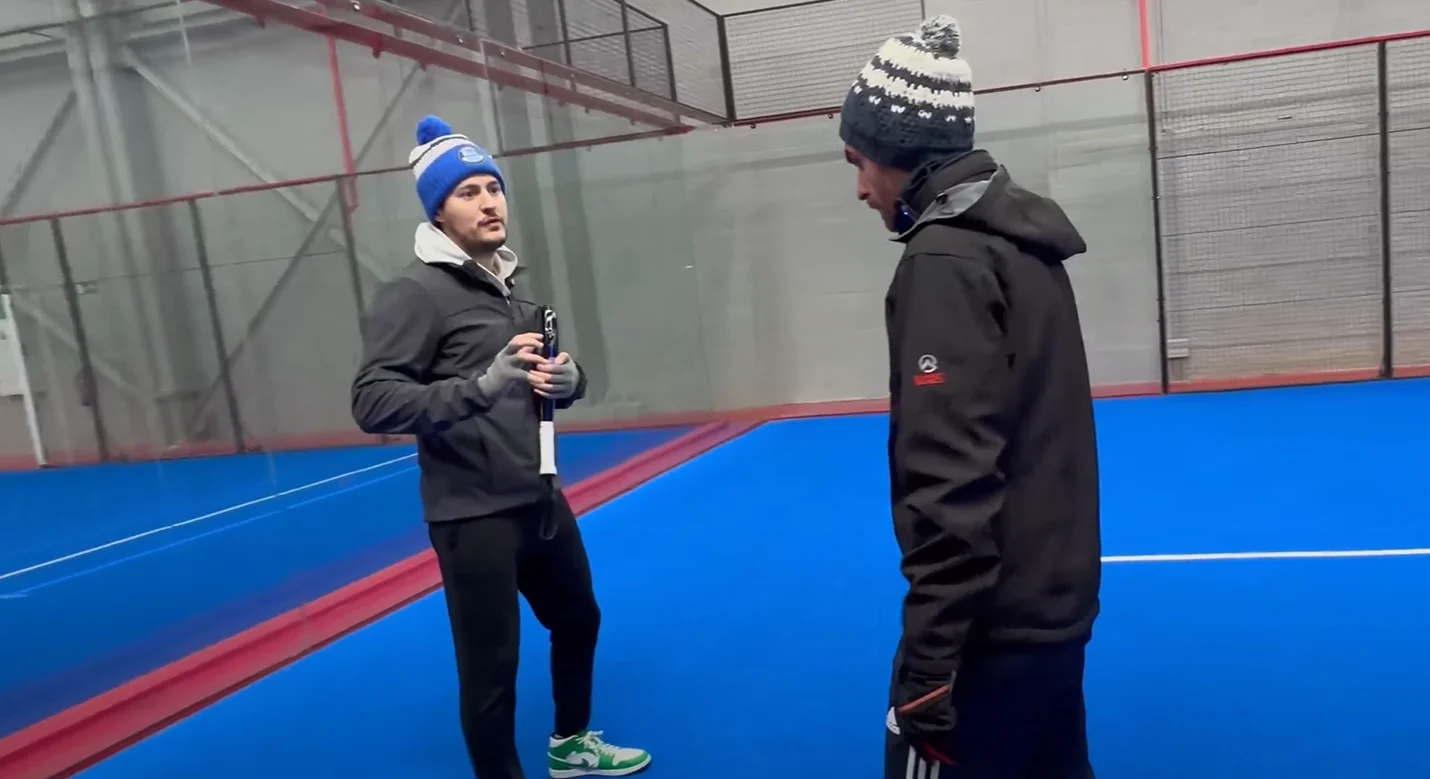 At the heart of padel – Episode 14: how to earn points in winter?
At the heart of padel – Episode 14: how to earn points in winter?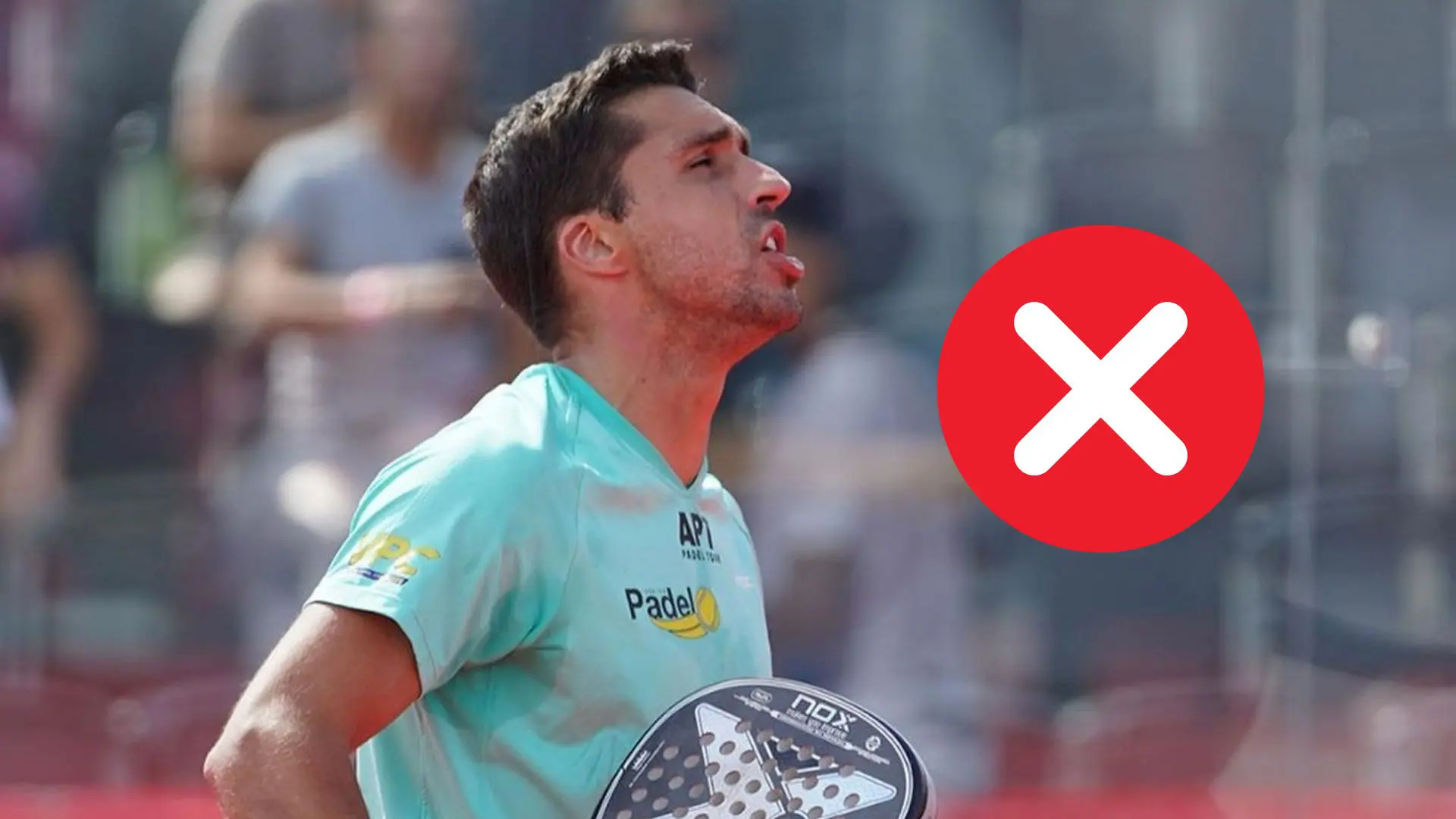 A par 4 is always a winner...even if you manage to defend it!
A par 4 is always a winner...even if you manage to defend it!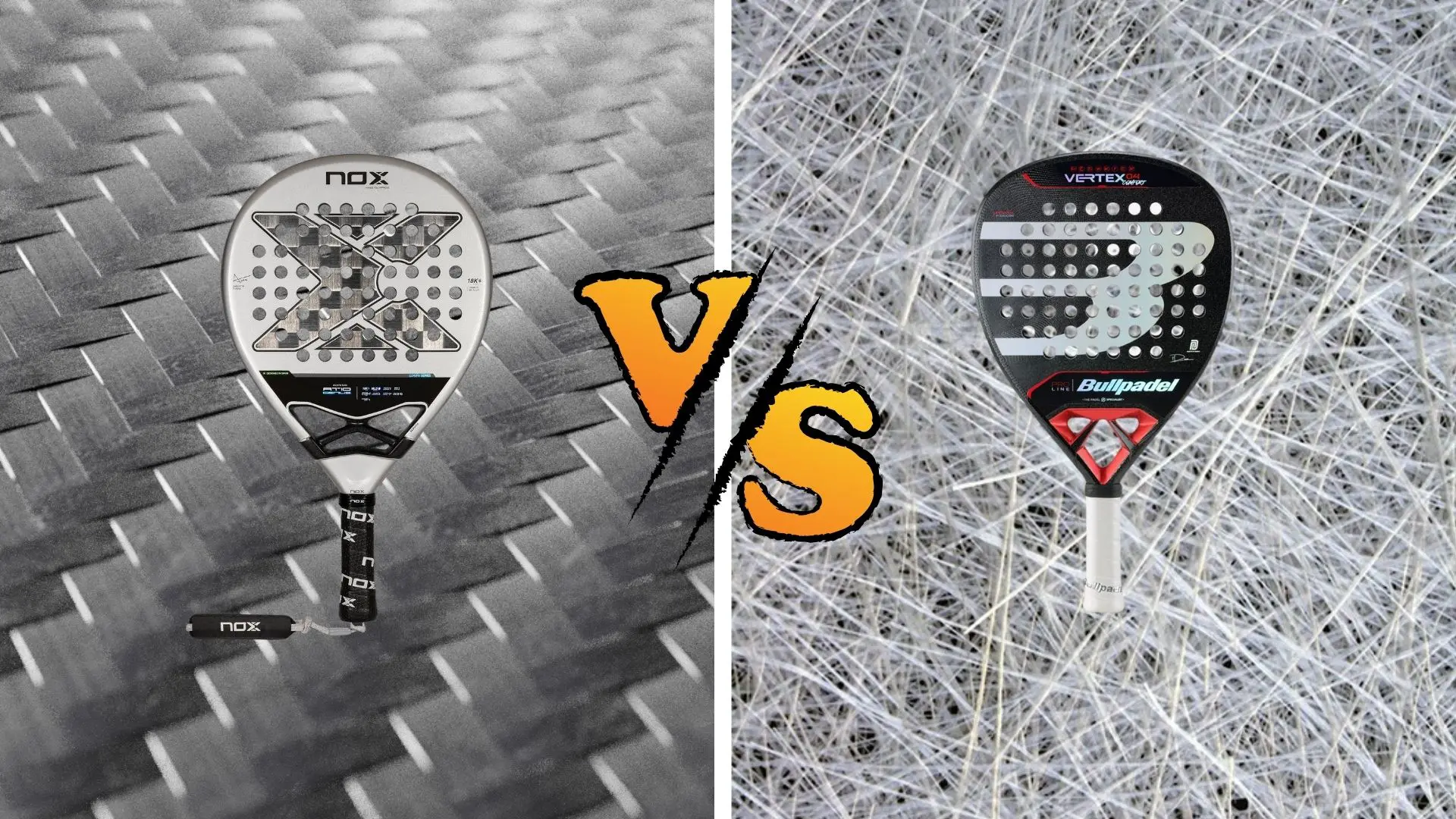 Carbon fiber VS fiberglass: what to choose?
Carbon fiber VS fiberglass: what to choose?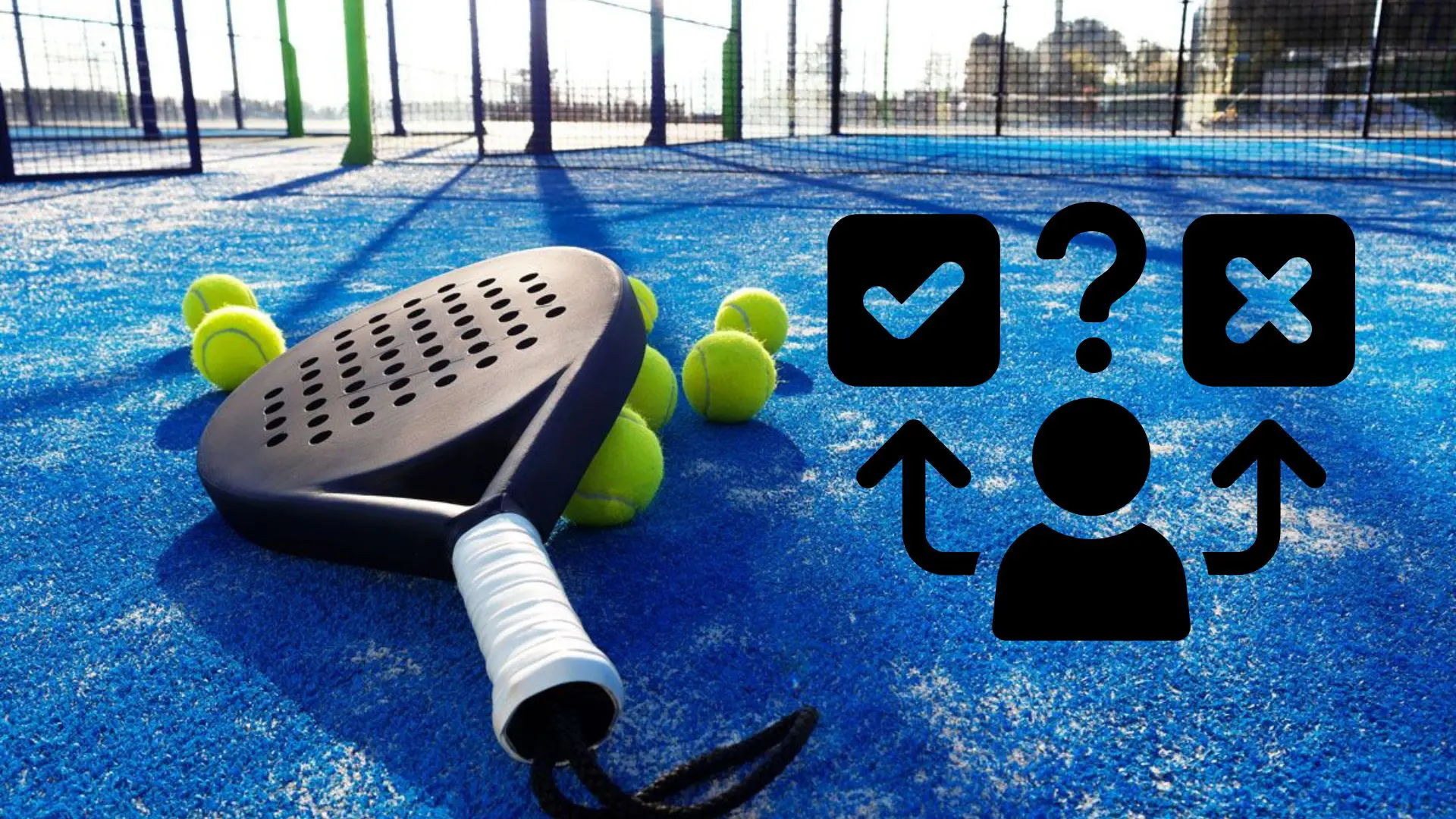 How to effectively test a racket padel ?
How to effectively test a racket padel ?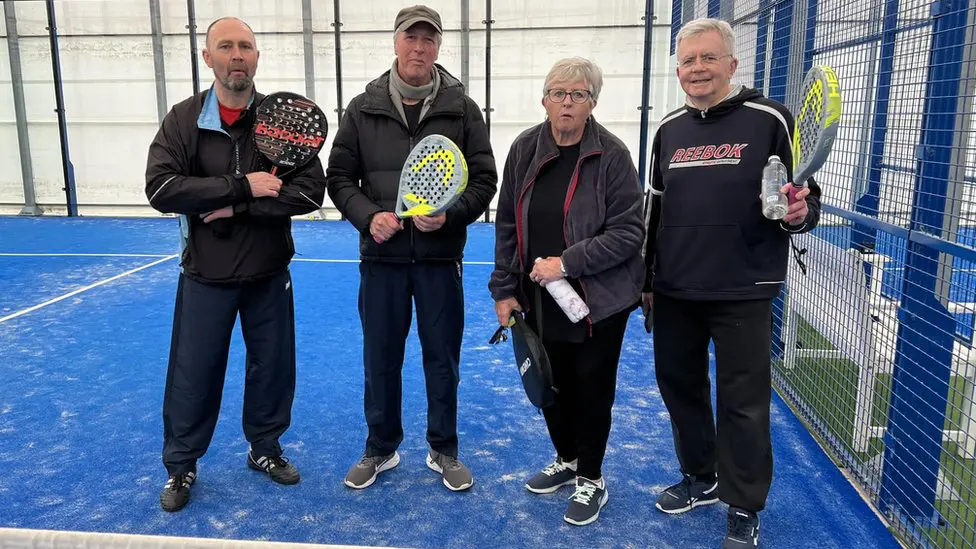 La padel to fight Parkinson's disease
La padel to fight Parkinson's disease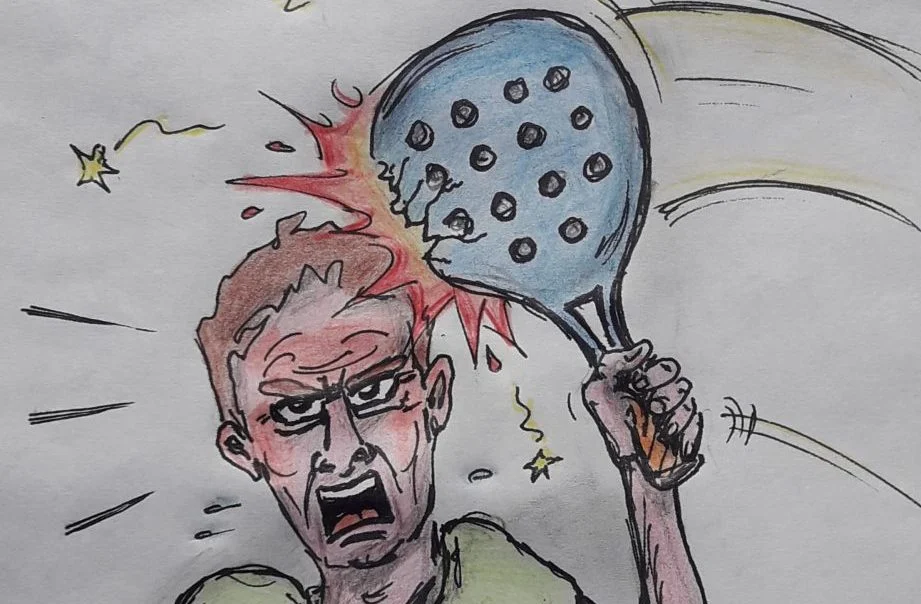 Don't play with a cracked or broken racket, your body will thank you!
Don't play with a cracked or broken racket, your body will thank you! Michel Cymes: “The padel, physically, it’s serious!”
Michel Cymes: “The padel, physically, it’s serious!”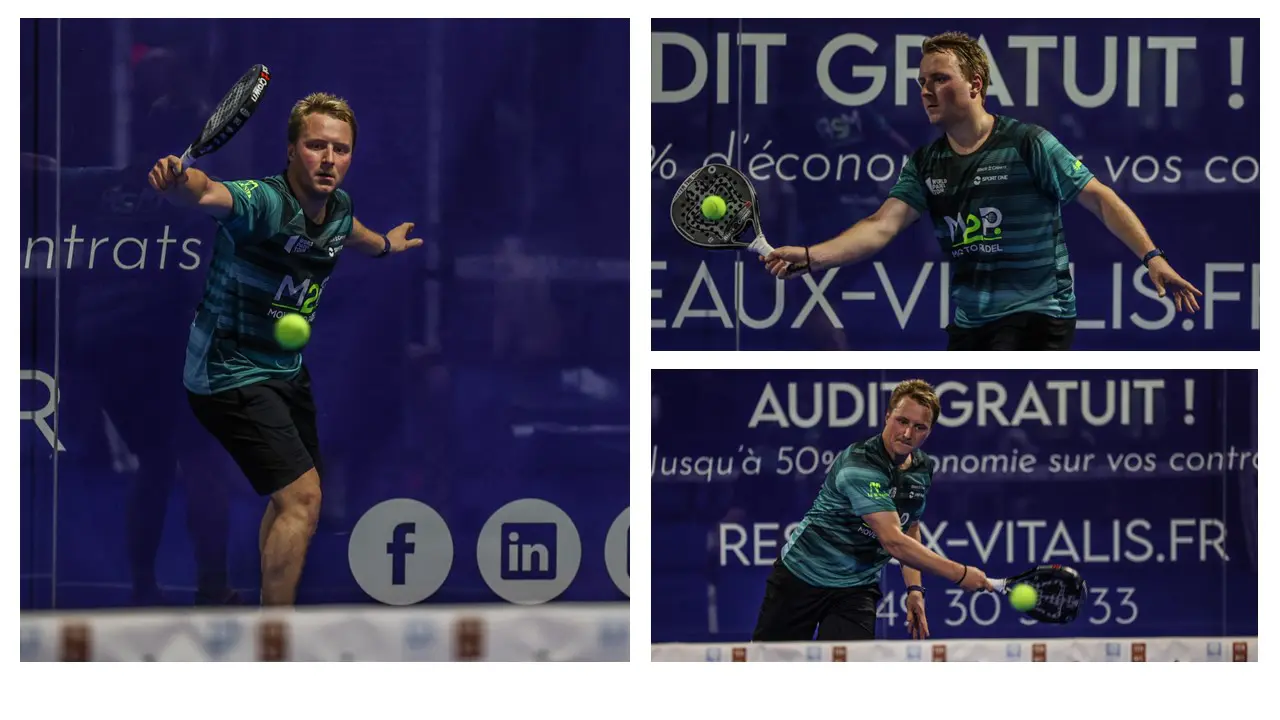 Jeremy Gala: “Promote the padel among young people in Belgium remains a challenge”
Jeremy Gala: “Promote the padel among young people in Belgium remains a challenge”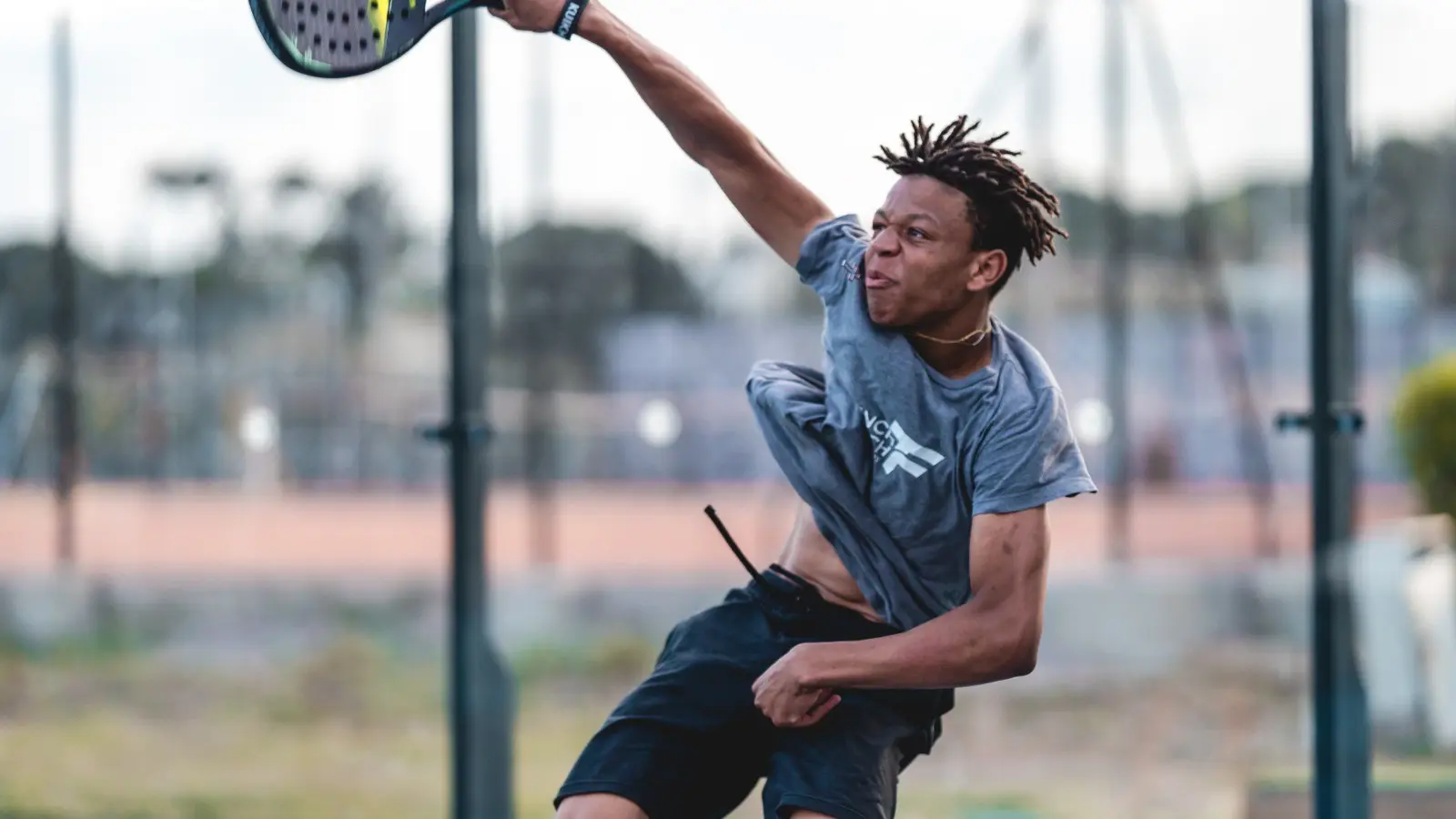 The French Touch Academy organizes its selection day Padel-Study
The French Touch Academy organizes its selection day Padel-Study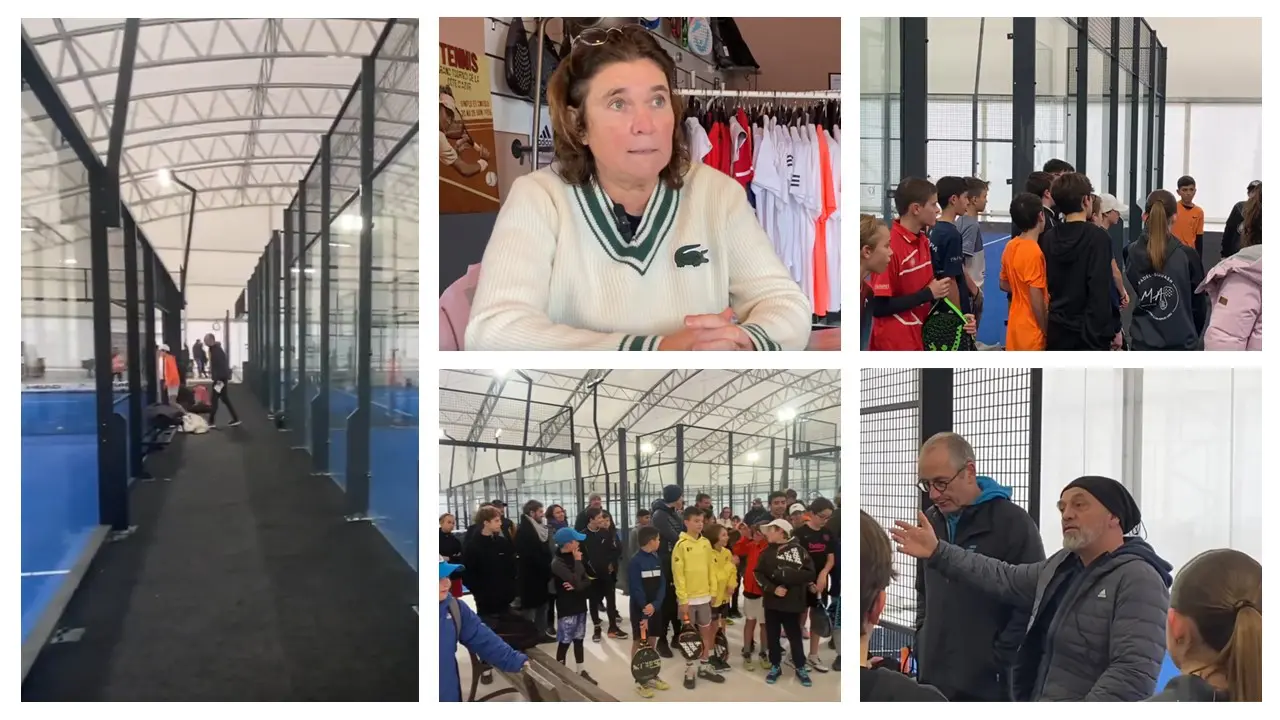 Report on the detection and training of younger generations
Report on the detection and training of younger generations